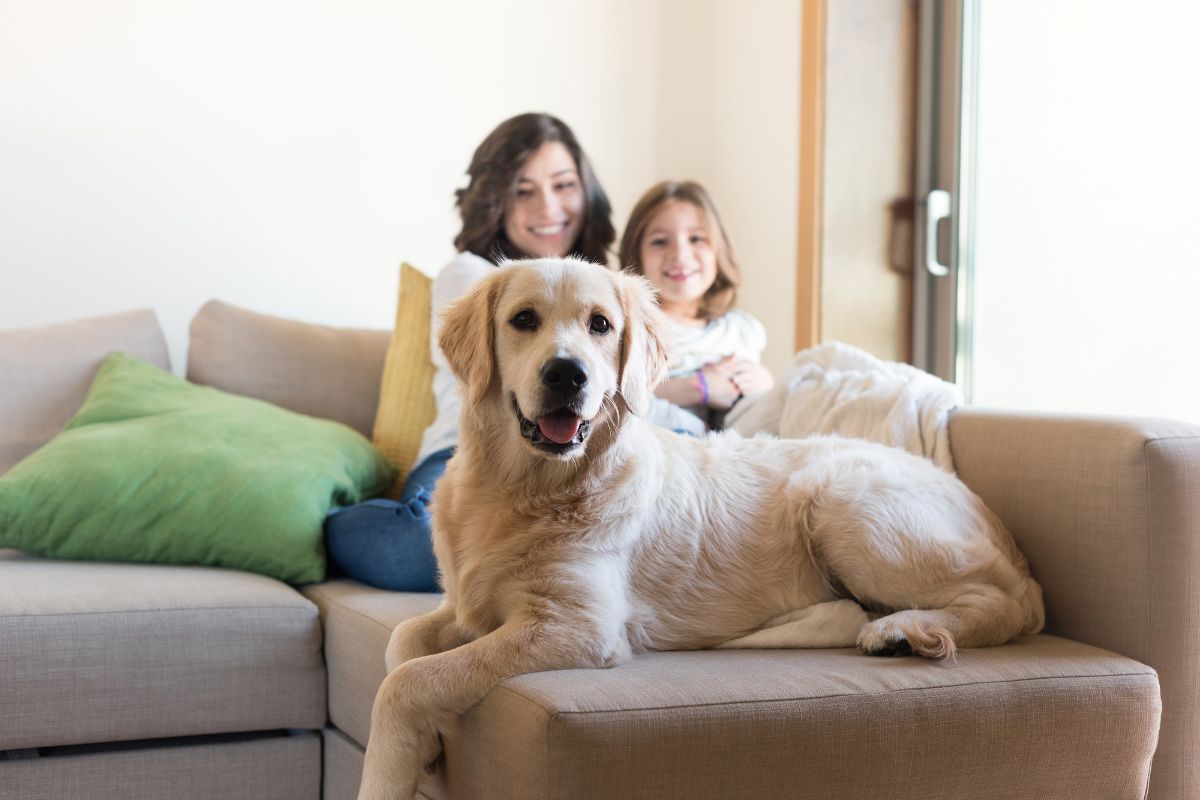
Recovering from an ACL (CCL) injury can be challenging for a dog, but with proper treatment, patience, and care, most pets return to a happy, active life. Here’s a clear guide to help you understand the surgery process and what to expect during recovery.
Understanding ACL Tears in Dogs
The cranial cruciate ligament (CCL), often called the ACL in dogs, plays a vital role in stabilizing the knee joint. A tear can cause:
- Sudden lameness or limping
- Difficulty bearing weight on the affected leg
- Pain and stiffness
- Risk of long-term arthritis if left untreated
Treatment Options
While some mild cases can be managed with rest and medication, surgery is often the most effective solution for restoring full mobility.
Common Surgical Techniques:
- TPLO (Tibial Plateau Leveling Osteotomy) – Adjusts the angle of the shin bone to reduce strain on the ligament. Often recommended for large or active dogs.
- TTA (Tibial Tuberosity Advancement) – Changes the mechanics of the knee to stabilize movement.
- Extracapsular Repair – Uses a strong suture outside the joint to mimic ligament function. Best for smaller or less active dogs.
Your veterinarian will help decide the most suitable method for your pet.
Recovery Timeline
Healing takes time, and following your vet’s plan is crucial.
| Phase | Duration | Focus |
|---|---|---|
| Immediate Post-Op | First week | Rest, incision care, pain management |
| Controlled Mobility | Weeks 2–8 | Short, supervised walks, gentle rehab |
| Strength Building | Months 2–3 | Gradual exercise increase, muscle rebuilding |
| Full Recovery | Months 3–6+ | Return to normal activities, monitoring for reinjury |
Rehabilitation Tips
- Keep activity strictly controlled for the first several weeks.
- Use a leash for bathroom breaks.
- Begin low-impact exercises as advised by your vet or a pet physiotherapist.
- Maintain a healthy weight to reduce joint stress.
- Provide mental stimulation with safe toys to keep your dog calm during restricted movement.
Signs of Progress
You may notice:
- More stable walking
- Increased confidence using the operated leg
- Willingness to play during later recovery stages
If swelling, redness, or sudden lameness reappears, contact your vet immediately.
Final Thoughts
ACL surgery is a big step, but it offers most dogs a second chance at an active life. With proper post-surgical care, rehabilitation, and patience, your furry friend can make a strong comeback and enjoy pain-free adventures once again.
